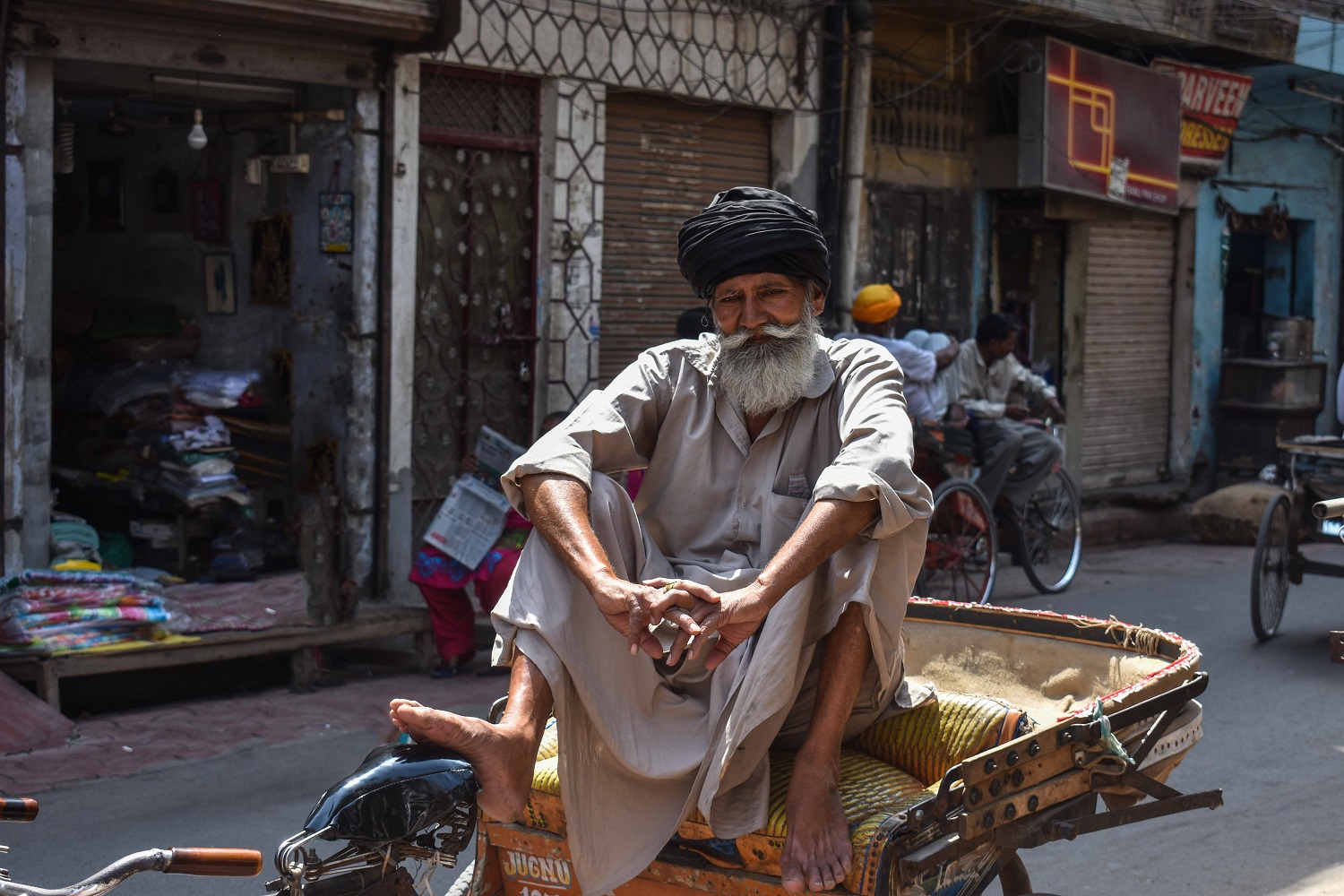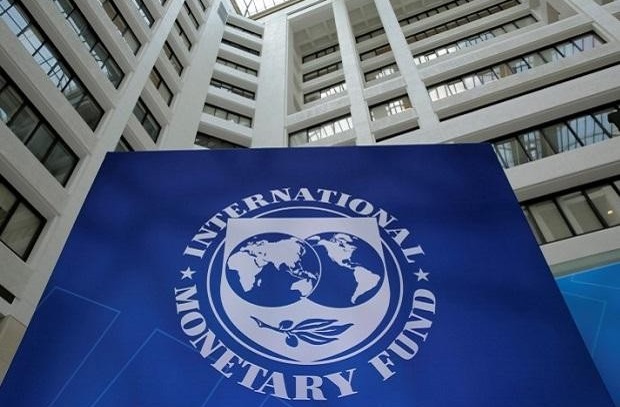Ayushman Bharat is the new route for ‘Strategic bargaining’ from Private Healthcare Providers. At the same time, the effectiveness of the private sector has to be measured against the parameters of access, quality, equity and efficiency

The Policy Monitor

Ayushman Bharat is the new route for ‘Strategic bargaining’ from Private Healthcare Providers. At the same time, the effectiveness of the private sector has to be measured against the parameters of access, quality, equity and efficiency

With about 60% of the Indian Population involved in agricultural work and agrarian distress being an omnipresent issue, it’s high time for the Government to recognize and deliver a means to the section of individuals that will curb inequality to a considerable extent.

Holy Cross and Bible

The battle against global poverty has been going on for decades now and has been a topic of debate amongst various personalities including politicians and celebrities. Yet, as we all know, the problem remains. The book, ‘Poor Economics’ by Abhijit V. Banerjee and Esther Duflo, tries to explain a few reasons as to why the problem seems to be ubiquitous, especially in third world countries.

If GDP is the factor that led to national happiness, then prosperous economies of China, USA and India would have occupied the top positions in the WHR 2018. Thus, there are some other factors other than financial prosperity that lead to the happiness of the Nordic countries such as Denmark, Finland, Iceland, Norway and Sweden.

The International Monetary Fund has lowered its global economic growth forecast for the fourth time in nine months as the risks still remain to the ‘downside’. According to World Economic Outlook (WEO) Update July 2019, global growth for 2019 is projected at 3.2 per cent and picking up to 3.5 per cent in 2020.

A prosperous society, that can support general affluence for EVERY citizen, is achievable because, fortunately, in the near term, we can begin to grow our way out of the lingering, if not swelling unemployment and underemployment by increasing our investment significantly as a ratio of Gross Domestic Product (GDP) resulting in double-digit growth, while simultaneously broadening private, individual ownership of future income-producing productive capital investments, thus initiating the process of empowering EVERY child, woman, and man to build, over time, a viable capital wealth estate and reap the income generated.

Fifteen years ago, the Audis and the Mercedes were reserved for the posh pockets of Kolkata, if at all they could be seen. Over the decade, the high-end cars have become a common sight. Nowadays, an Audi can be seen maneuvering the streets of an upper-middle to middle-class neighbourhood and […]

With the gargantuan rise in the online population of India to approximately 450 million, it is fair to joke that the Union Budget 2019-20 disappointed us by not offering any subsidies on subscription fees to these platforms.

Rural demography and its realities have been studied in India, from two broad lenses – the first one, which evaluates the economic parameters of the agrarian society and the others, being sociologists, who were keen to study inter-caste dynamics and family relations.